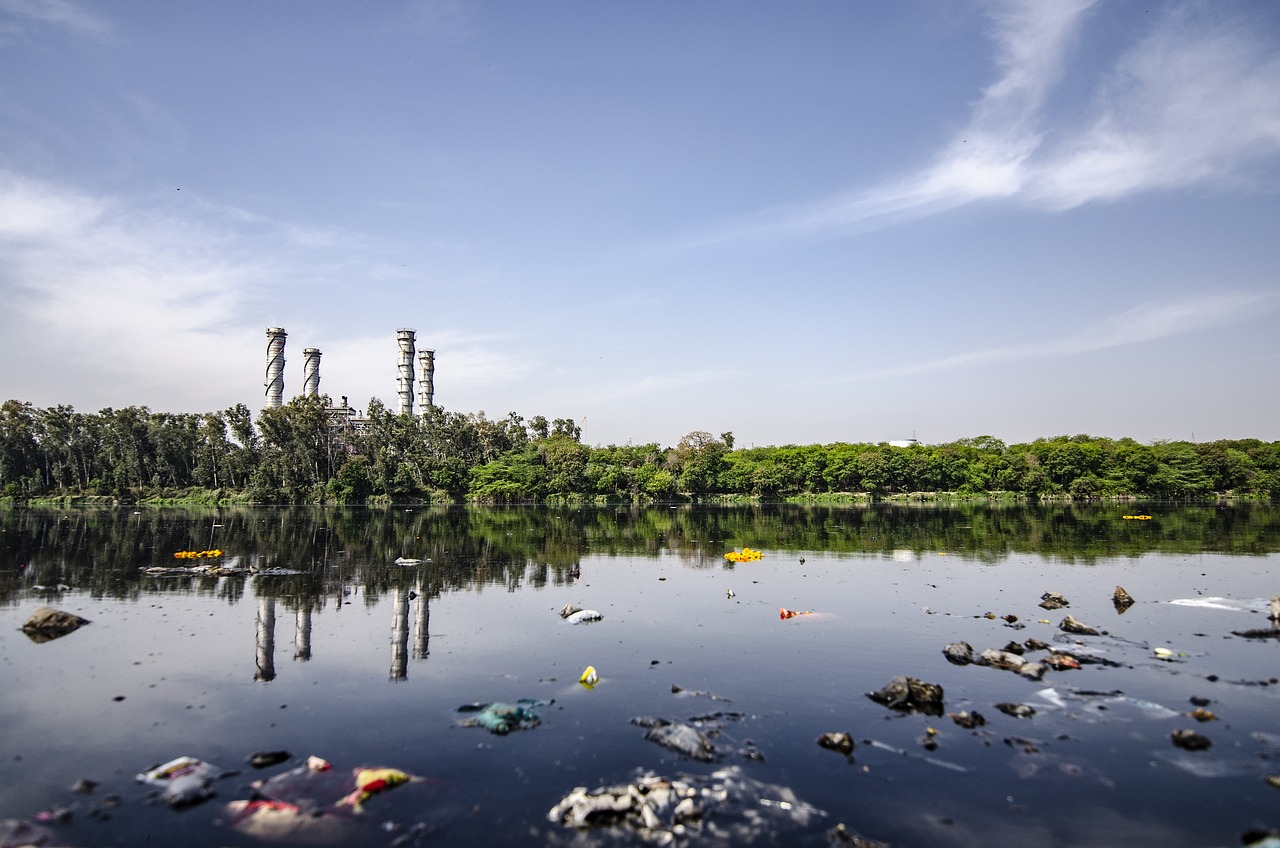
In our current era, where environmental concerns take centre stage in global discussions, transitioning from linear to circular business models is essential to address climate change. At its core, a circular economy aims to minimise waste and maximise resource efficiency, providing a framework to tackle the challenges faced by our planet’s ecosystems. When applied to wetlands, this approach can be a transformative force in the efforts to conserve and restore these vital ecosystems.
At the heart of the circular economy lies the fundamental principle of waste reduction. In the context of wetlands, this translates into minimising the generation of waste that could potentially harm these delicate ecosystems. For example, by advocating for improved product design that reduces single-use plastics by promoting reuse models, and ensuring proper recycling and waste management systems are in place, we can take action to prevent pollution in and around wetland areas, thereby safeguarding the biodiversity they support.
Worldwide, wetlands face degradation due to various human activities. Circular economy principles underscore the importance of restoring and rehabilitating ecosystems. Efforts to restore degraded wetlands, including activities such as replanting native vegetation and improving water quality, are integral to regenerating natural systems and preserving biodiversity.
Circular economy practices can also stimulate local economies by promoting the development of eco-friendly social businesses related to wetland conservation and restoration.
Wetlands conservation takes collaboration from key stakeholders:
- Businesses can adopt circular business models and strategies that design out waste; for example, models that reduce excess packaging and encourage reuse.
- Governments and policymakers can integrate circular economy principles into wetland conservation policies and regulations, they can create a supportive framework for sustainable practices. This includes incentivising conservation efforts and implementing measures to discourage activities that could harm wetland ecosystems.
- Municipalities can promote the design and implementation of green infrastructure in communities located close to wetlands. They should ensure proper waste management and recycling systems are in place for effective disposal of waste to avoid pollution leaking into the environment.
- Communities can actively contribute to the protection and preservation of wetland ecosystems, for example, through educational programs that provide citizens with tips to properly recycle/compost. They can also share practical ways citizens can lower their own carbon footprint.
As we strive to safeguard wetland ecosystems through circular economy practices, your involvement is crucial. If you are passionate about environmental conservation and interested in contributing to the well-being of wetlands, we invite you to join us in designing a program dedicated to their protection. Reach out to us via info@yunuseh.com